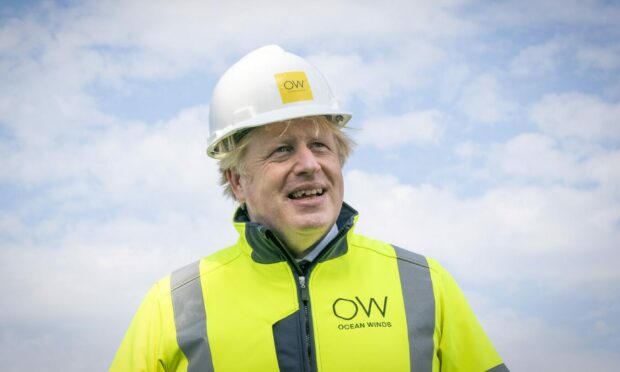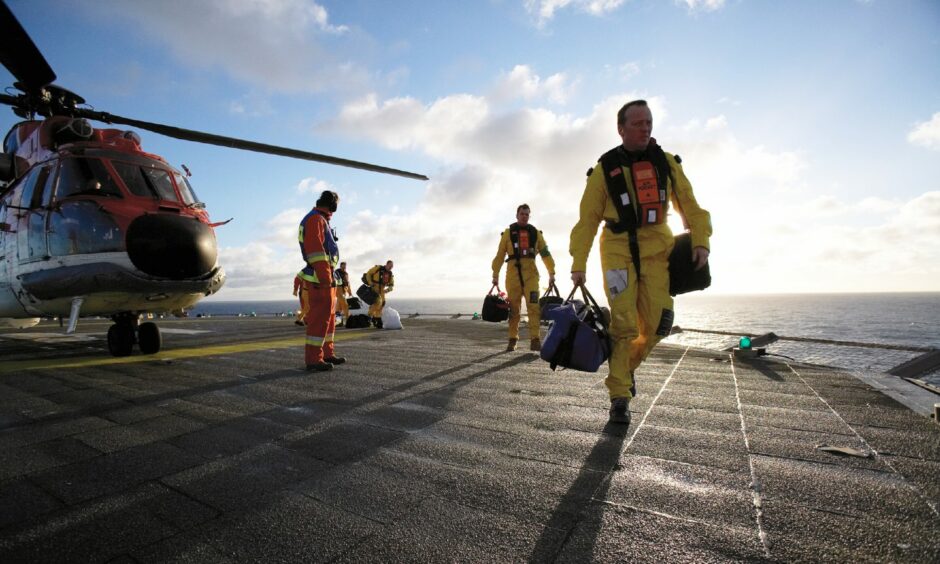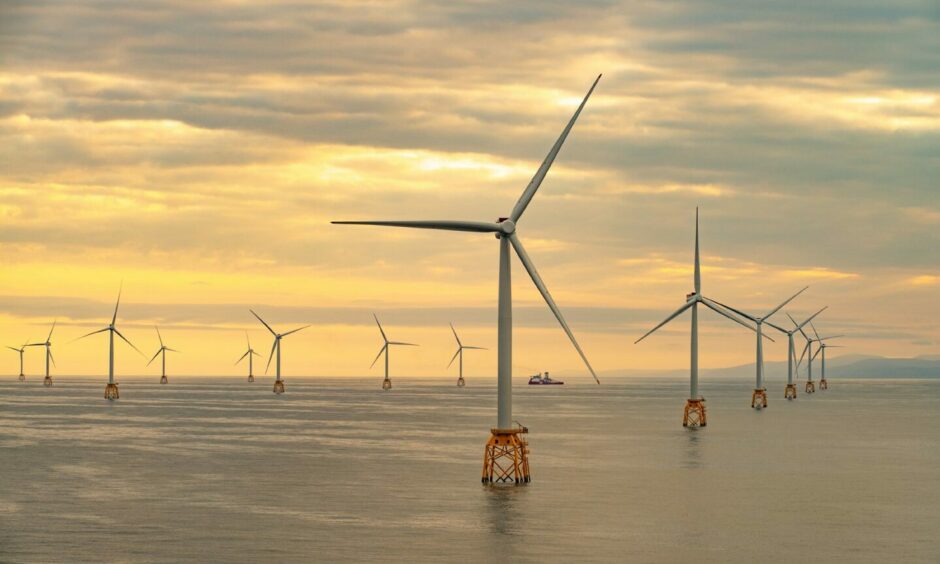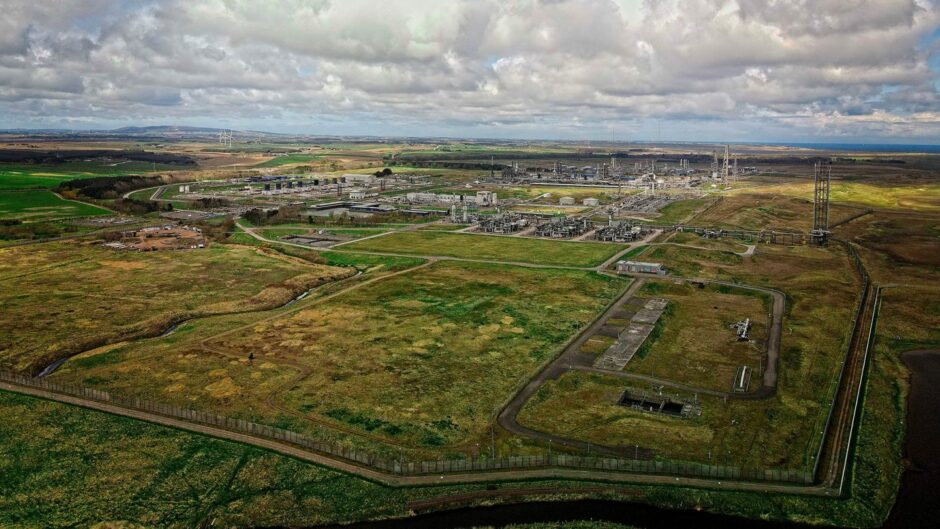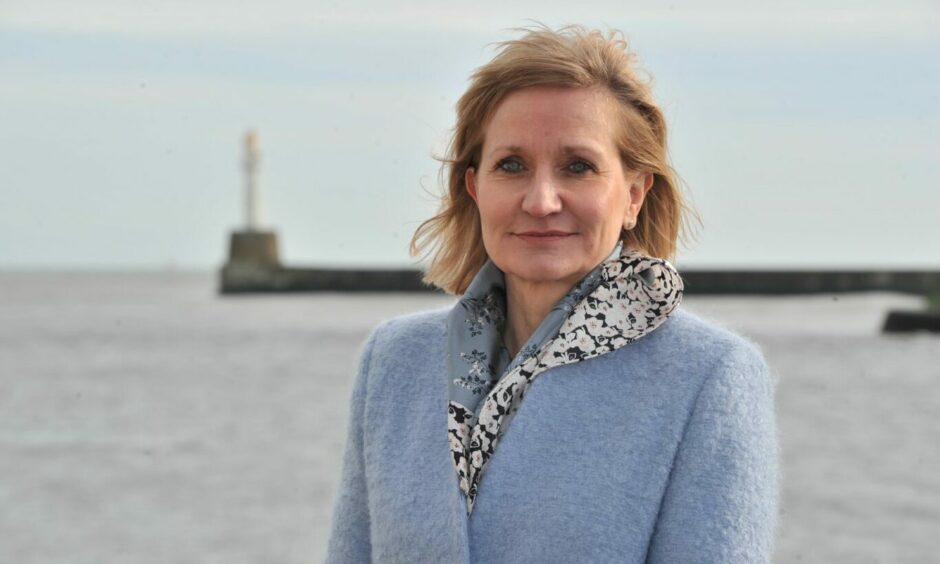A commitment to North Sea oil and gas while ramping up nuclear, hydrogen and offshore wind, is at the heart of the UK’s delayed strategy to protect consumers from future surges in energy bills.
The “British Energy Security Strategy” includes a commitment to a new licensing round for North Sea oil and gas in the Autumn, and has been welcomed by industry leaders as a “once-in-a-generation” opportunity to ensure an orderly transition to net zero.
Revealed last night, the report backs investment in nuclear, offshore wind and hydrogen to ensure 95% of UK electricity is low carbon by 2030, and deliver “40,000 more jobs in clean industries” within that timeframe.
However there were concerns that the strategy does little to address the current cost of living crisis caused by spiraling energy prices.
Jobs boost
The government said the UK energy strategy will support 90,000 jobs in offshore wind by 2028, which it said is 30,000 more than previously expected.
Meanwhile solar jobs will almost double to 10,000 and hydrogen jobs will increase by 3,000 to 12,000 according to Westminster.
Other initiatives include a £30m programme to manufacture British heat pumps, reducing reliance on gas.
Nuclear, wind, hydrogen
Under the proposals, the UK will deliver up to 24 gigawatts of new nuclear – “the equivalent to one nuclear reactor a year instead of one a decade” – by 2050, using small, modular reactors as a key part of the pipeline.
It set out plans to approve two new reactors at Sizewell in Suffolk during this parliament, with sites in in Anglesey and Cumbria named as candidates to host plants in the next parliament.
A new government body, Great British Nuclear, will be set up immediately to bring forward new projects, backed by “substantial funding”, and the government will launch the £120m Future Nuclear Enabling Fund this month.
The plan also envisages establishing a “taskforce” providing support for new oil and gas developments.
Offshore wind, already set to quadruple to 40GW by 2030, is now expected to hit 50GW by the end of the decade.
Hydrogen production will double to 10GW, with at least half coming via “green” hydrogen, using excess offshore wind power to bring down costs.
A “limited number” of onshore wind projects, a pariah for government support in recent years, will also get backing, while the UK’s solar stock, currently at 14.5GW, could grow up to five times by 2035.
Industry welcomes North Sea boost
Plans to accelerate North Sea oil and gas projects was welcomed by industry but not by critics who argue that the need to move away from hydrocarbons is urgent.
Nor will North Sea production do much to affect international energy prices.
There was also concern there was little to address energy efficiency which is considered key to helping households reduce costs as well as emissions.
UN Secretary-General Antonio Guterres said on Monday that “investing in new fossil fuels infrastructure is moral and economic madness” and came after the latest UN climate report on Monday that said it was ‘now or never’ for action to limit climate warming.
Friends of the Earth Scotland’s climate and energy campaigner Caroline Rance said it was “unbelievably reckless” to expand oil and gas production. She welcomed proposals to expand offshore wind as a “positive step” but that this was “fatally undermined” by “new expanding fossil fuels and commitment to create a toxic legacy for thousands of years from new nuclear power”.
Campaign group Greenpeace gave the report a low grade – a “D-minus”.
Boris Johnson’s #EnergyStrategy:
More oil and gas🛢️
Massive gamble on nuclear energy⚠️Fails to tackle energy waste and insulate our homes❌
Weak on popular and cheap onshore wind❌It's a D- from us. The strategy won't lower people’s bills or make our energy secure.
— Greenpeace UK (@GreenpeaceUK) April 6, 2022
Move breathes new life into the North Sea
Sam Laidlaw, executive chairman of Neptune Energy, said the move “breathes new life into the North Sea” and gives investors “confidence to allocate significant capital” into the sector.
Sue Ferns, senior deputy general secretary of the Prospect union, welcomed the report’s “ambition” on nuclear and offshore wind but there now needed a “concrete plant of action and funding”.
She added: “We are yet to see that concrete plan however and it must not be allowed to slip.”
Ryan Crighton, policy director at Aberdeen & Grampian Chamber of Commerce, said the plan will give “investors the clarity they need to invest in new North Sea projects which will deliver energy security, energy transition and jobs”.
He added: “It is a pragmatic response to the unique problems faced by the UK at present.
“A decade of falling investment in the North Sea has led to energy import levels not seen since the 1970s.
“Importing our energy from other countries makes little economic sense, and even less environmental sense.”
North-east cluster ‘failure’
He supported a focus on easing planning rules to speed up offshore wind development but added that the lack of support for carbon capture and hydrogen production plans in the north-east was a “failure” and a “missed opportunity”.
The “Scottish cluster” which has a project called Acorn based in Peterhead at its heart, was sidelined in a recent UK Government funding competition in favour of projects in the north of England.
Crighton said: “We also welcome the scaling up of ambition on offshore wind and streamlining approval times, but that must be delivered in tandem with support for the supply chain to diversify and investment in grid connectivity.
“However, the failure to accelerate the Scottish cluster carbon capture project is a missed opportunity to ramp up carbon removal alongside a reinvigorated North Sea.
“The Climate Change Committee has said that up to five clusters will be required for us to meet our climate targets.
“It is therefore crucial that while tackling the energy supply issues of today, our policy makers remain focussed on the technologies that will decarbonise our future.”
Windfall
The UK energy strategy comes as much of the world seeks to reduce dependence on volatile oil and gas prices, which have hit consumers hard in the wake of Russia’s invasion of Ukraine.
It also arrives after months of political volatility for the North Sea oil and gas sector, with calls for a windfall tax in the wake of hefty profits while consumers struggle.
Average household bills are rising by £700 following a price cap increase from regulator Ofgem earlier this month.
Bold
Prime Minister Boris Johnson said: “We’re setting out bold plans to scale up and accelerate affordable, clean and secure energy made in Britain, for Britain – from new nuclear to offshore wind – in the decade ahead.
“This will reduce our dependence on power sources exposed to volatile international prices we cannot control, so we can enjoy greater energy self-sufficiency with cheaper bills.”
Deirdre Michie chief executive of North Sea trade body, Offshore Energies UK, said the strategy “recognises the vital role of the UK’s offshore energies sector in supporting energy security and the transition to net zero”.
Chris O’Shea, the chief executive of Scottish Gas-owner, Centrica said the strategy was “something we can all get behind” to protect UK households from rising energy prices “today and in the long term”.
He added: “This will help us reduce our dependency on foreign gas and, done properly, could help make us a net exporter of energy, boosting our economy and creating well paid, highly skilled jobs.”
